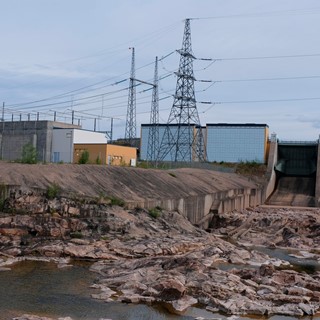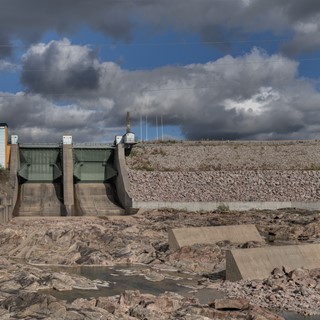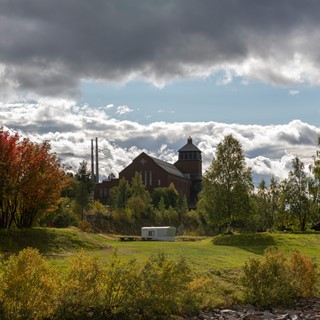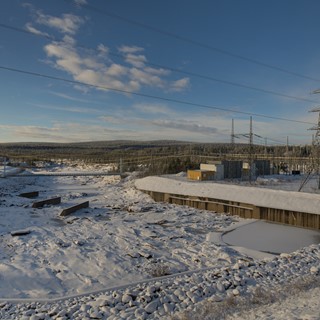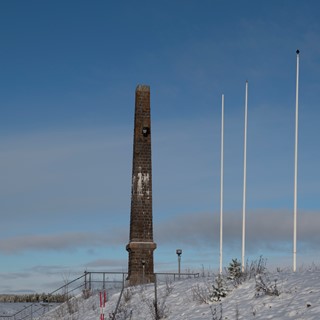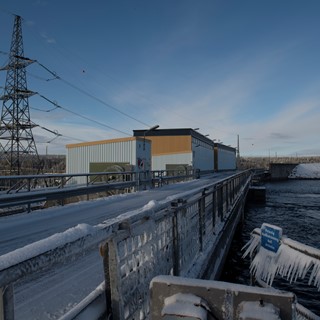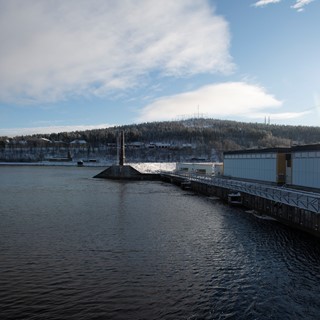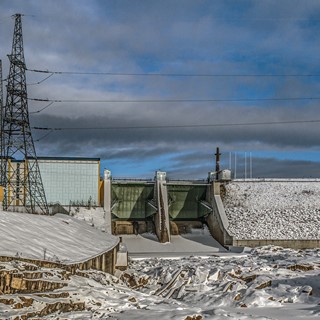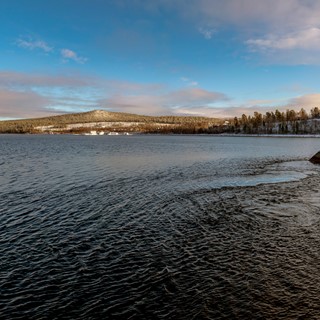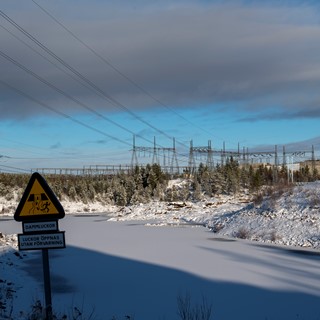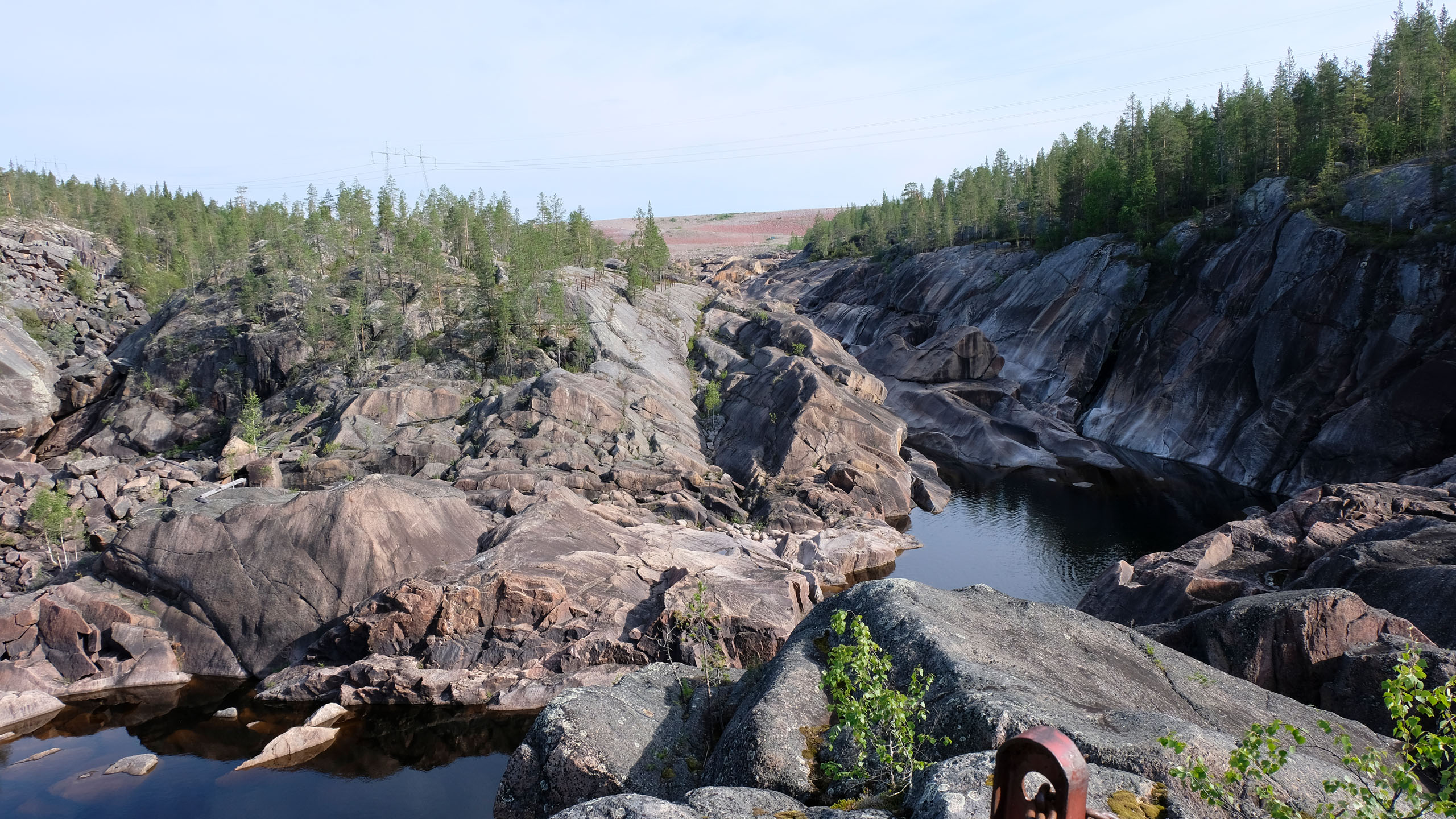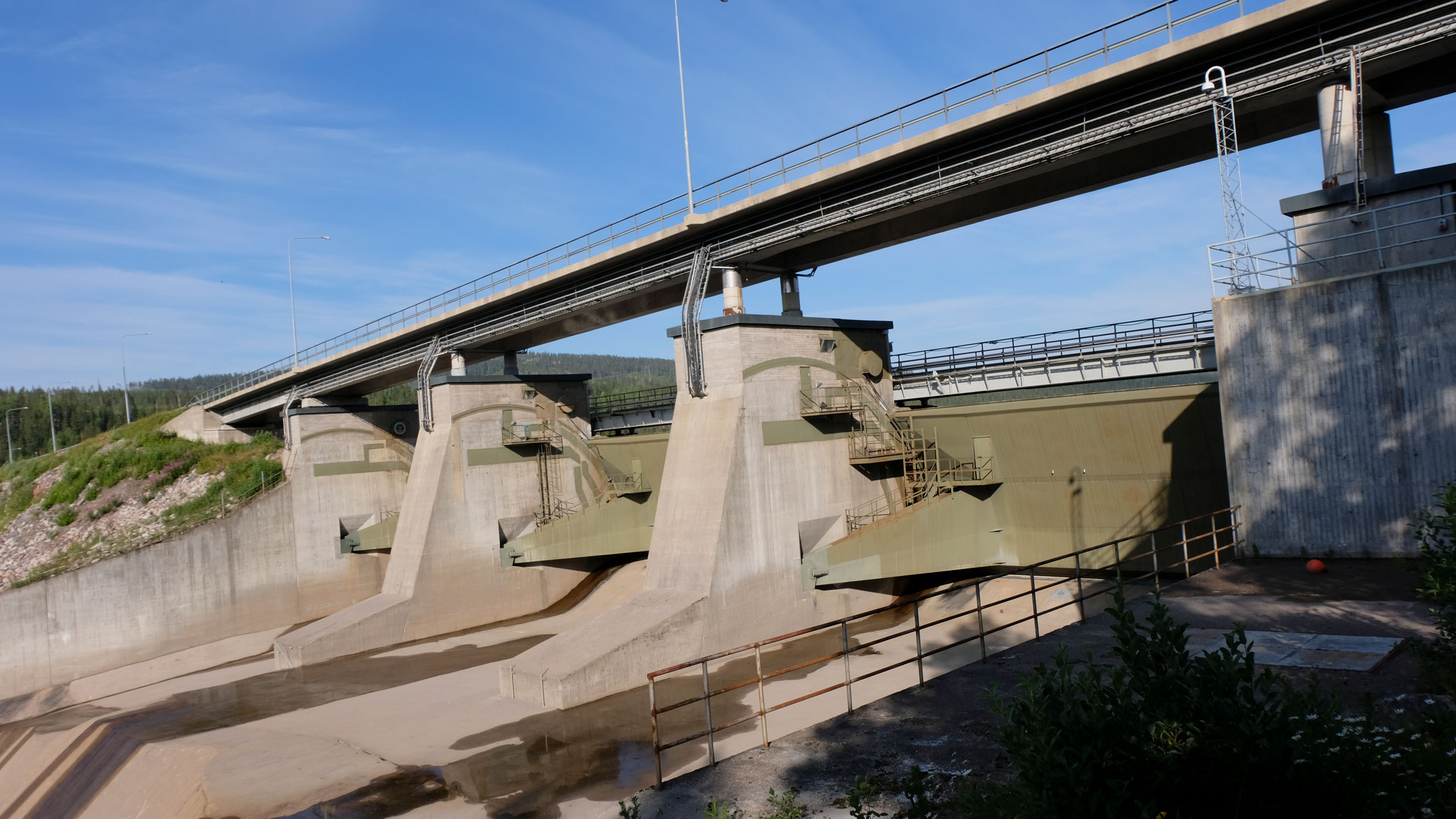History
In 1910, parliament decided to build a hydropower plant in Porjus. The power plant’s purpose was to provide electricity for the ore railway. There would also be tests as to whether electrical train engines had a future in Sweden – a great success.
The first problem that arose in connection with the construction was the transport issue. There were no roads near Porjus, and the closest train station was in Gällivare, 50 kilometres away. The railway was going to be built soon, but the power plant construction couldn’t wait for that to be completed. So the workers had to carry all the building material for the construction at Porjus from Gällivare. The stretch had wooden footbridges in places, but the hike was tough, especially since the load on their backs was often around 50 kilos, but sometimes close to 100 kilos. In this manner, over five tonnes of equipment were carried through forests and bogs, with a wage of 0.5 SEK per kilo for the carriers.
Porjus’ power plant was the first in Sweden whose machine room was subterranean, by as much as 50 metres. At the time, it was the world’s first big subterranean power plant, which garnered attention among technicians from outside Sweden’s borders. The power plant’s original dam was the biggest in the country when it was built. Work commenced at the end of 1914, and continued in periods of higher and lower intensity until 1924.
Porjus’ first construction stage was completed in 1915, then with four power generation units. Between 1917 and 1920, two new power generation units started operating, and from 1927 to 1931, a further one. In the 1940s, a further two power generation units were added. The much talked about switchgear building, also known as ‘the temple of the wilderness,’ has a monumental design with a granite base, a red brick façade, and a tower with a golden crown. Porjus reflects the early, glamorous stage of the power plant industry, as well as the conditions of the settler societies. The interior was also carefully designed, and has beautiful details such as control desks and panel in marble. The building was designed by Erik Josephsson (1864 – 1929).
Technology in power plant production moved quickly, and after two extensions of Porjus’ old power plant, it was replaced by a new one, placed a few hundred metres upstream, in 1975. The new power plant had new drainage tunnels and a new rockfill dam. The two large power generation units have a total power output of 465 MW, which is ten times what the old power plant could generate. With that output, Porjus is Sweden’s third biggest hydropower plant. The machine room is located 30 metres below ground.
The village of Porjus developed in connection with the construction of the power plant, and the buildings were erected by the power company. The town plan from 1917 is Sweden’s most consistently implemented, and the power plant village was characterised by functional separation and garden ideals. The village in Porjus became more permanent than Vattenfall had counted on, due to the fact that Porjus became the base for two upcoming constructions, namely dam construction in Suorva in 1919 to 1923, and construction at Harsprånget in 1919 to 1922.
When the new power plant was to be built in Porjus in 1972 to 1982, the village reappeared as a construction village for the next ten years, and also served as a base for additional construction at Harsprånget.
Images
All pictures below are part of the power plant's history. All images are copyrighted. You may use the images for personal use but the images may not be used in commercial contexts or printed matter without our permission. Click on the pictures to enlarge them.
Stories
Here you can read other people's stories about the power plant. And if you have your own story, please share it. Whether you want it to be published on the site or not, we are interested in all stories.
Do you have a story about the powerplant or life around the river?
Send us your story
Reports & documents
Here, files are collected from reports, documents or other important information that may be of use. Links to other pages and documents also appear below.

Visitor information
Below you can read about everything you need to know before a possible visit to the power plant. When it is best to visit the power plant, how to find here and about the rules that apply in the area.

